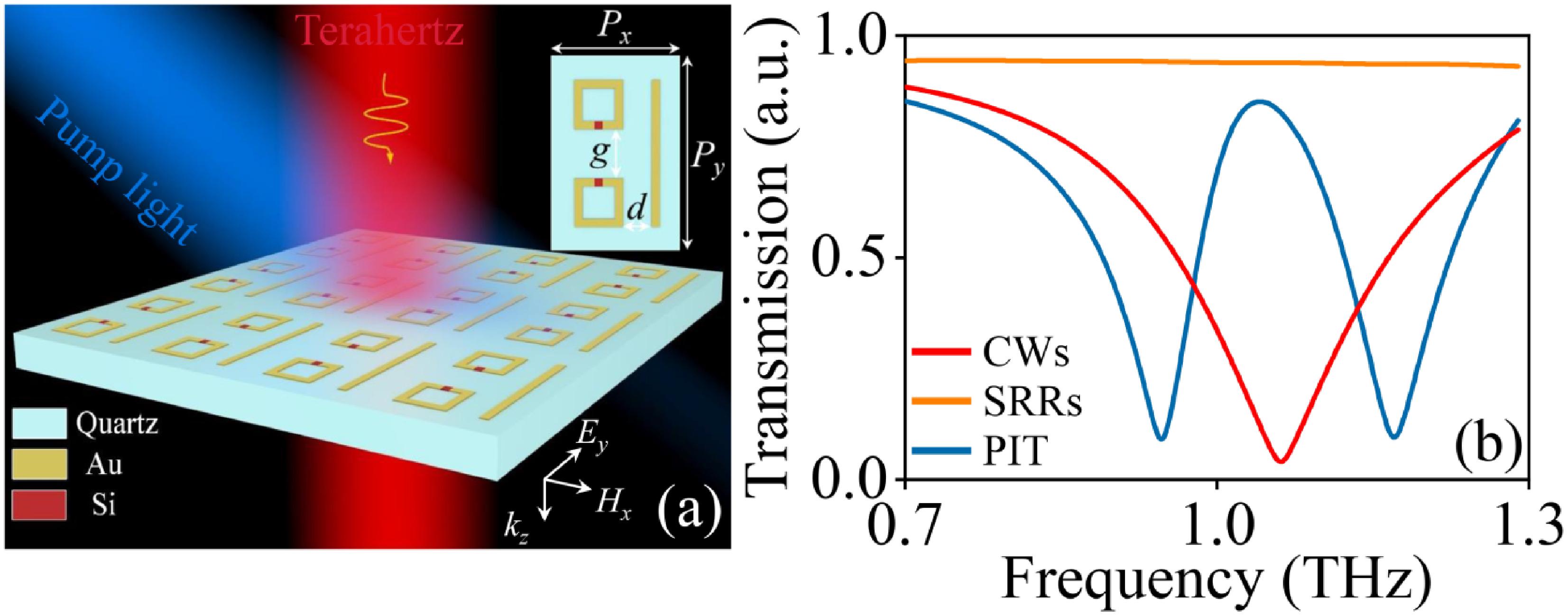Zhiqiang Wu, Jingxiang Gao, Qingxiu Yang, Jiahao Chi, Guifang Wang, Songlin Zhuang, Qingqing Cheng, "Exploring coupling flip mechanisms via plasmon-induced transparency in active metamaterials," Chin. Opt. Lett. 23, 023606 (2025)
Search by keywords or author
- Chinese Optics Letters
- Vol. 23, Issue 2, 023606 (2025)
Abstract

Set citation alerts for the article
Please enter your email address



